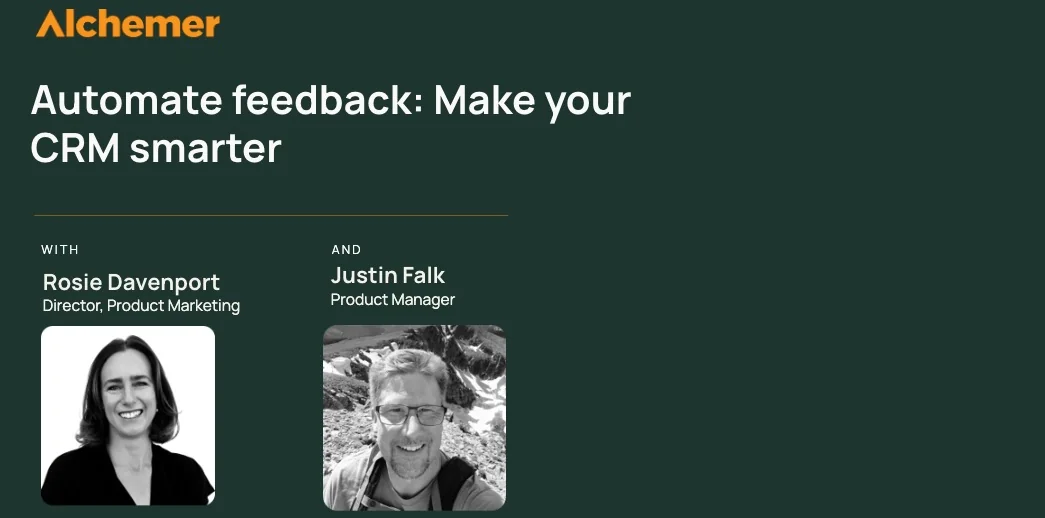From school bullying to workplace bullying, the level of unwanted and aggressive behavior is now a national conversation, placing pressure on state and local lawmakers to take legislative action.
With nearly 90 percent of organizations projected by Gartner to compete solely on the basis of experience by 2020, factors that negatively impact experience must remain a top business priority. Failure to do so or pushing experience improvements to the wayside puts an organization’s competitive advantage and market relevance at risk — no matter the industry.
In the context of the workplace, bullying can impact employee satisfaction, customer loyalty, and the overall experience of the organization.
Defining workplace bullying
Exceptional employee and consumer experiences must remain among the top priorities for organizations because they are not only equally important for the organization’s competitiveness but also are dependent on each other. One experience cannot be truly successful without the success of the other.
One employee experience challenge that many organizations are facing is workplace bullying, creating toxic workplaces and causing employees to seek employment elsewhere. With talent shortages already a reality in many industries, combating any toxicity of in the culture makes good business sense.
Defined as the repeated pattern of disruptive behavior with a conscious or unconscious attempt to do harm, bullying must meet three criteria, says Renee Thompson, DNP, founder and CEO at the Healthy Workforce Institute:
- There has to be a target
- The behavior has to be harmful
- The behavior has to be repeated over time
It is important, however, to decipher between true bullying and workplace incivility, says Dr. Thompson.
Incivility, says Dr. Thompson, is low-level, condescending, and catty behavior, including eye rolling, giving preferential treatment to colleagues you like, withholding resources from colleagues you don’t like, rude gossiping, mocking, and the like.
“Distinguishing between the two is so critically important because if you can identify the behavior as bullying, that’s HR. You have policies about that, and it’s pretty clear how you handle that. But with incivility, that’s culture. There’s a much different approach to how you address culture,” says Dr. Thompson.
Whether a behavior falls into the definition of bullying or incivility, it is imperative to eradicate the behavior and fix any problems within the workplace culture and overall employee experience that it has created.
Letting it continue or falling back on the mentality of “this is the way it’s always been,” risks long-term business success, employee engagement, and consumer loyalty.
The effects of workplace bullying
A staggering 60.4 million Americans are affected by workplace bullying, according to a 2017 Workplace Bullying Institute study. What’s even more surprising is that 61 percent of those surveyed in the same study are aware of abusive conduct in the workplace.
Put simply, workplace bullying can create a multitude of problems throughout the organization — impacting employees, consumers, and employers.
Effects of workplace bullying on the employees
Being bullied at work can have many effects on the victim, especially when the bullying consistently happens time and again.
Those who are or have been bullied experience high levels of stress, anxiety, panic attacks, anger, trouble sleeping, inability to work or concentrate, lower self-esteem, higher blood pressure, ulcers, and more, according to Sherri Gordon, author and bullying prevention advocate.
Other employees who are not being targeted by the bully suffer effects as well, such as being more likely to receive a prescription for antidepressants, tranquilizers, and sleeping pills, researchers at the University of Helsinki Department of Public Health found.
Due to the many mental and physical side effects, it is extremely likely that a workforce affected by bullying and incivility will experience lower productivity across the organization and a worse customer experience, which will greatly affect the overall success of the organization — possibly for years to come.
Effects of workplace bullying on customers
When there is active bullying in the workplace, customers are prone to experience the effects of workplace bullying, more often in certain industries than in others. At the very least, if see or witness bullying occurring in real time, they may not return and spread the word to their friends and family.
Additionally, customers may become targeted by the bully or even by a bullying victim. Pent up anger and anxiety may cause victims to take it out on customers or simply be unpleasant during the customer’s experience.
In an industry like healthcare, however, workplace bullying could actually put the patient’s life and health outcomes at risk. For example, when bullying is present among a group of nurses who are caring for the same patient, the patient may end up not receiving the level of care they need.
“The number one most common disruptive behavior in healthcare is yelling, criticizing, gossiping, cursing in patient care areas where patients can hear,” says Dr. Thompson. “A lot of times it happens in the patient’s room. Imagine the patient experience if you’re a patient and you hear employees badmouthing each other, arguing, fighting, cursing — sometimes even in your room.”
The healthcare industry is one extreme example of the effects of workplace bullying on consumers, but workplace bullying can rarely be kept completely away from consumers in any industry and could affect the customer experience in a number of ways.
Related: Providing excellent customer service with surveys
Effects of workplace bullying on the employer
Because of the negative effects bullying has on employees and customers, employers experience the many negative impacts on overall business success.
Productivity could decline up to 40 percent when workers are distracted by bullying, according to Robert Sutton, professor of organizational behavior at Stanford University.
In addition to the decreased productivity, according to Gordon, many employers with workplace bullies experience:
- A heightened risk of legal action
- A hostile work environment
- Increased employee absence
- Increased employee turnover
- Increased talent recruiting costs
- Loss of employee loyalty
- Tarnished brand reputation
All of these effects add up to one thing — a massive, negative impact to the organization’s bottom line.
Leveraging data to eliminate workplace bullying and improve company culture
In order to prioritize employee and customer experiences, organization’s must leverage data to consistently monitor and adjust the different journeys each experience. Surveys are an efficient and cost-effective way to gather, analyze, and leverage workforce data needed for impactful decision making.
By consistently monitoring and gauging employee and customer experiences through surveys, organizations are more likely to identify, assess, and respond to bullying instances. Consistently doing so provides data that can be leveraged in mitigation and prevention strategies.
Three ways organizations can leverage surveys to collect workplace bullying data include:
- Determining general sentiment about each stage of the employee experience: These surveys should be distributed on a consistent basis to every employee in the organization.
- Uncovering and investigating reports of bullying: Organizations can use a constantly active survey to allow employees to report bullying 24/7, whether anonymously or by providing information regarding contacting them for further discussion.
- Assessing leadership’s understanding of workplace bullying: Organizations can leverage surveys to assess the level of understanding managers, supervisors, and other executive leadership have of what workplace bullying is and how to address it.
In any industry at any company of any size, it is imperative to not only measure and analyze your overall employee experience but also protect employees from workplace bullying and civility for the sake of the employee’s and patient’s mental and physical health and as well as the organization’s bottom line.
About Renee Thompson, DNP
CEO and Founder of the Healthy Workforce Institute, Dr. Thompson is an international speaker, author, and consultant. With a master’s degree in Nursing Education (MSN) and a Doctor of Nursing Practice (DNP), Dr. Thompson tackles the professional challenges facing healthcare leaders today. With 26 years as a clinical nurse, nurse educator, quality manager, and nurse executive, Dr. Thompson is an expert on workplace bullying and spends the majority of her time working with healthcare organizations that want to eliminate bullying and incivility.




